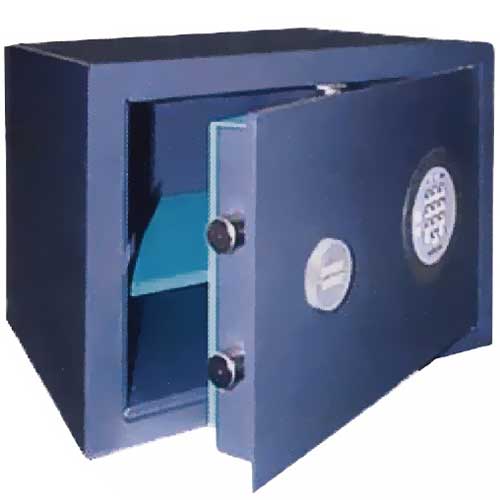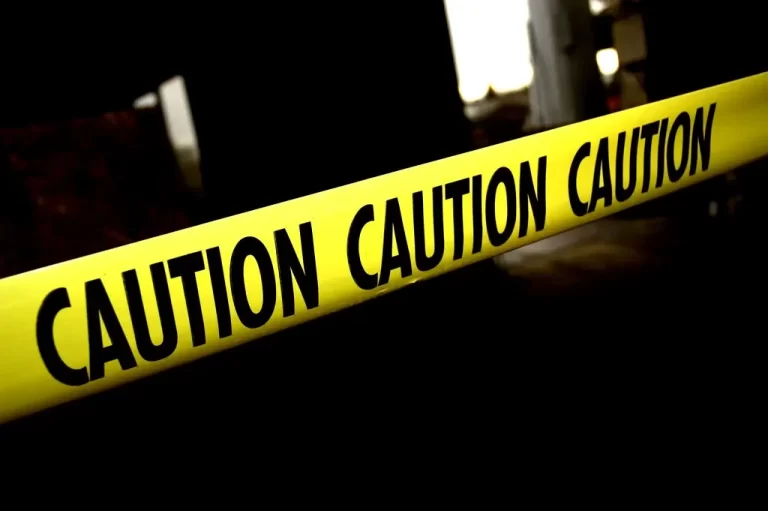Cybersecurity in Lebanon – Your CCTV Can be Exposed
Closed-circuit CCTV systems are prevalent around the world, safeguarding homes, businesses, and public areas. While traditionally viewed as deterrents against crime, CCTV systems play a growing role in overall security strategy. This guide explores the importance of cybersecurity in modern CCTV systems, explaining the potential risks and best practices to secure your watchful electronic eyes. Before diving into the world of cybersecurity, let’s address some common misconceptions surrounding CCTV.
Common misconceptions regarding CCTV:

It is commonly thought that surveillance cameras are used to prevent burglary, however, that information is misleading. Surveillance cameras are an important tool that is used along with other devices to determine the time and exact location of the robbery. For example, the alarm system along with CCTV and security fence, create a well-designed plan for early detection and intervention. Alarms can trigger upon intrusion, notifying authorities and homeowners while cameras provide visual verification and aid in arresting the burglars.
Nonetheless, CCTV is still valuable for the following reasons:
- Deterrence:
Numerous studies have established a positive correlation between visible surveillance cameras and decreased burglary attempts. The perceived risk of identification discourages criminals, steering them toward less secure targets.
- Post-incidence Evidence Collection:
In the unfortunate event of a break-in, security camera footage serves as a vital evidence tool. High-quality recordings can provide investigators with crucial details, including the perpetrator’s description, their point of entry, and their activities on the property. This evidence can significantly improve the recovery of stolen goods.
- Real-time Monitoring and Alerts:
Modern camera systems offer remote access to live footage, enabling property owners to monitor their homes or businesses from any location. Additionally, many systems feature motion-activated alerts, notifying homeowners of any suspicious activity in real time. This allows for immediate intervention or the dispatch of security personnel.
Deep Search AI

Additionally, the use of AI in CCTV has allowed this technology to represent a significant advancement in video surveillance capabilities, allowing for more efficient and effective monitoring and analysis. It allows for the analysis of specific criteria, such as Age, gender, and clothing color. This capability is particularly useful in scenarios where law enforcement or security personnel need to locate individuals of a specific age or gender.
Also, deep search AI can recognize and track individuals based on their clothing color. This feature can be particularly valuable in crowded environments such as airports or large malls. By filtering video feeds based on clothing color, security personnel can more easily track and identify specific individuals. This results in the following benefits:
- Enhanced security: by enabling more precise and targeted monitoring, deep search AI helps enhance security measures in various settings, including airports, train stations, shopping malls, and public events.
- Efficient investigation: In the event of a security incident or criminal activity, deep search AI can speed up the investigation process by quickly identifying and tracking relevant individuals captured on surveillance footage.
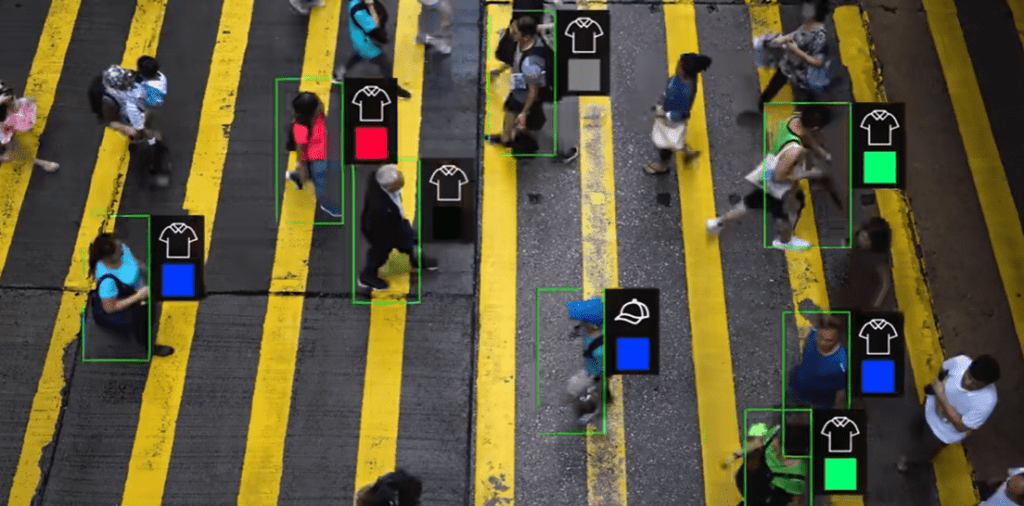
System Design:
Clients often inquire about CCTV systems based on budget constraints. However, a more effective approach prioritizes security needs first, with features chosen to address those specific vulnerabilities. When designing a surveillance system, prioritizing factors like pixel density, perimeter coverage, camera resolution, lens angle, and field of view becomes crucial.
Security experts may advise clients on a wide-angle lens for covering large perimeters or expansive scenes, enabling them to monitor a wide area with a single camera. Or they may advise a narrow-angle lens to maintain detail in specific regions of the scene. Thus, features are selected based on client needs rather than budget constraints.
Potential pitfalls of Self-Installing a CCTV system:
The effectiveness of any CCTV system relies on meticulous planning and strategic camera placement. When clients undertake a self-installation of CCTV systems, the absence of a well-defined plan can lead to the emergence of critical blind spots within the surveillance area. Here’s a breakdown of the potential pitfalls:
- Unfamiliarity with Camera Specifications: customers may not be fully familiar of the technical specifications of CCTV cameras, particularly their field of view limitations. This can result in camera placement that leaves significant gaps in coverage.
- Improper Height and Angle Selection: Optimal camera placement considers factors like mounting height and tilt angle. These are crucial for capturing clear footage of activity zones. Without proper planning, cameras may be positioned at suboptimal heights or angles, compromising image quality and potentially creating blind spots in crucial areas.
- Overlooking Obstructions: A crucial aspect of planning involves identifying and mitigating potential obstructions within the intended surveillance area. These can be architectural elements like pillars or even foliage. An uninitiated installer might miss these obstructions, leading to blind spots where intruders could exploit weaknesses.

An additional consideration when selecting CCTV features is the implication it can have regarding system capacity. Often, clients seek to expand their features which leads to enlarging other requirements, such as storage, CPU power, and network bandwidth. Therefore, there is no need to duplicate that specification if not required.
- Storage Requirements: High-resolution footage with long recording durations consumes significant storage space. Choosing appropriate storage solutions based on the chosen features ensures recordings are retained for the desired timeframe without exceeding capacity.
- CPU Processing Power: Features like facial recognition or real-time analytics require substantial CPU power. Selecting features that align with security needs ensures smooth system operation and avoids overloading the CPU.
- Network Bandwidth: High-resolution video streams require significant network bandwidth for transmission and storage. Optimizing video quality and frame rates based on chosen features helps minimize network strain.
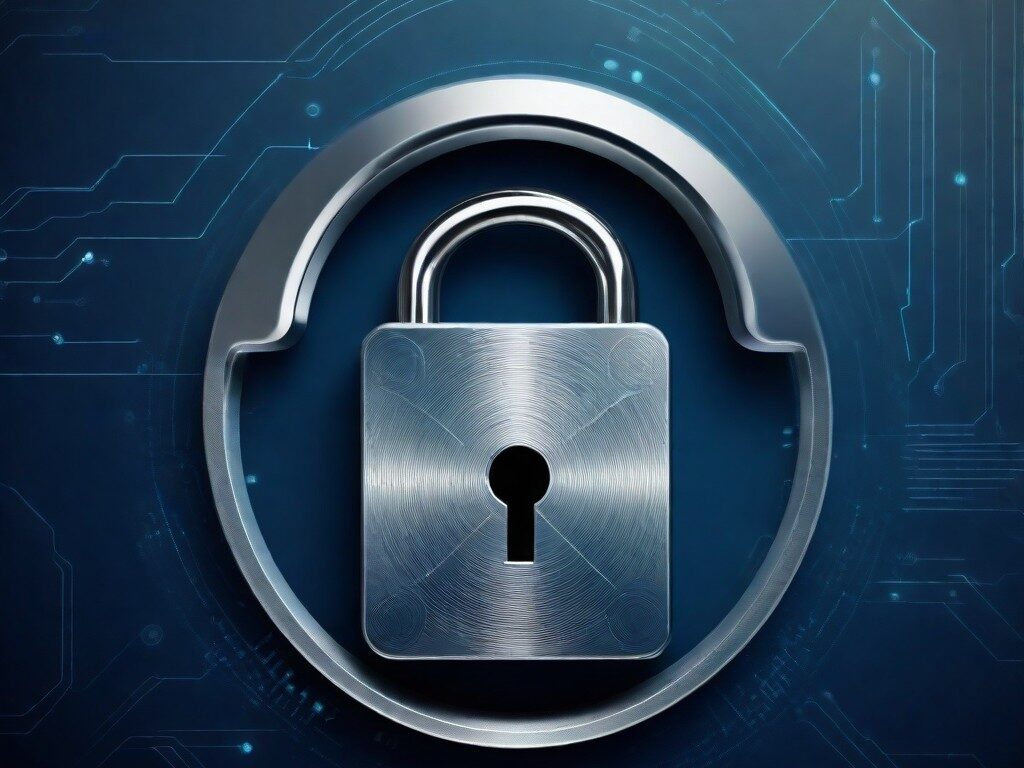
Cybersecurity
Navigating the CCTV market can be challenging, particularly when comparing seemingly similar products offered at different price points. It’s tempting to base a CCTV decision solely on price. However, a critical first step is ensuring a fair comparison. Many Chinese CCTV systems focus on replicating basic functionalities at a lower cost. While this might seem like a budget-friendly option, it’s essential to compare feature sets.
The CCTV systems that we offer, while potentially carrying a slightly higher price tag, often include advanced features that enhance overall cybersecurity.
The small price difference between Zod CCTV system and a basic Chinese product becomes much less significant when considering the long-term security benefits Zod offers. Lower-quality components in some Chinese systems can lead to frequent malfunctions and a shorter lifespan. These ongoing replacements can negate any initial cost savings. Thus, Durable components and a longer lifespan minimize the need for replacements.
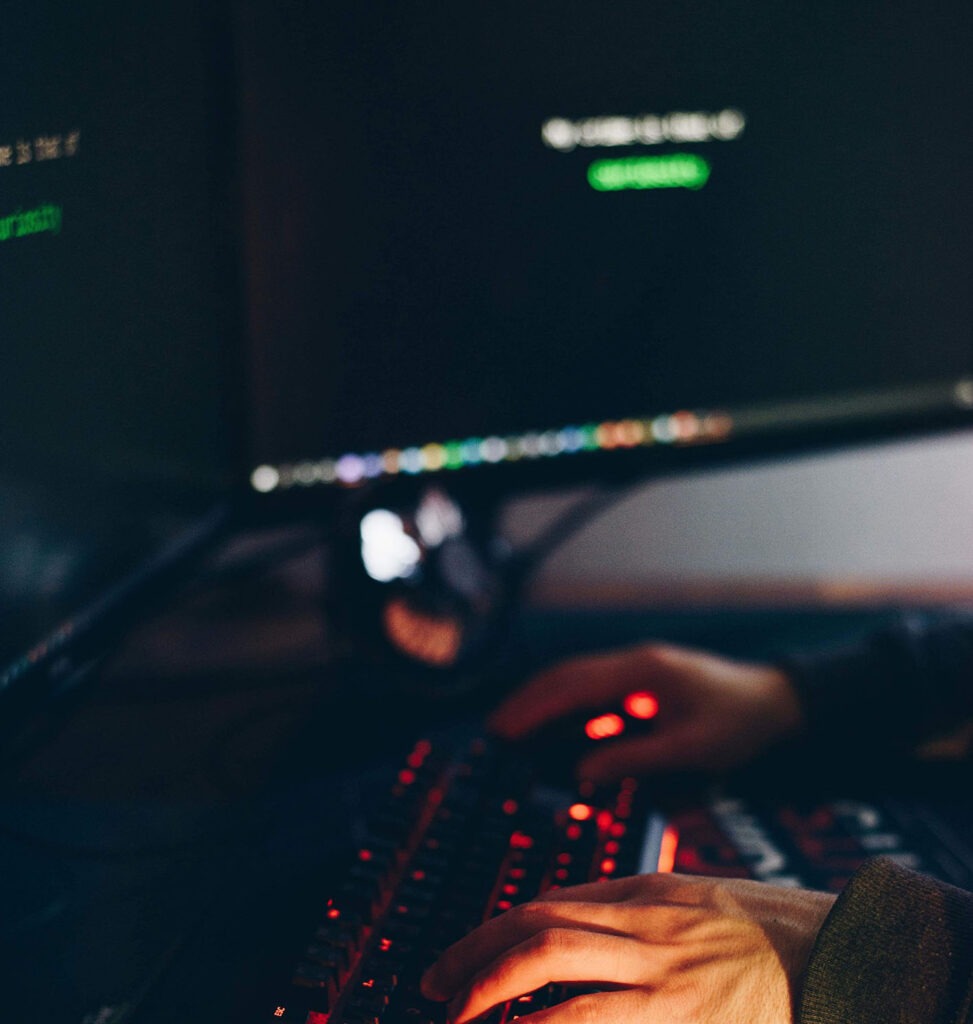
The Danger of Cybersecurity Attacks
It’s important to acknowledge that Chinese CCTV products might offer high-quality features. However, a significant concern with some Chinese CCTV products lies in their potential lack of emphasis on data privacy and cyber security.
Unlike public spaces where there is generally no assumption of privacy. Residences and places of business function as private domains where individuals and organizations possess a well-established expectation of privacy. Cameras installed in these private spaces capture activities and interactions that would otherwise be unseen by the public eye. This intrusion into a space where privacy is reasonably expected can be unsettling.
Security cameras, like any internet-connected device, are vulnerable to hacking of its cybersecurity. Malicious actors could exploit weaknesses in the camera system or network to gain unauthorized access to the footage. This stolen footage could then be leaked publicly, used for blackmail, or even sold on the dark web. The potential consequences of a hack can be particularly severe for businesses that handle sensitive information, as leaked footage could expose confidential data or trade secrets.
Case study: South of Lebanon.
News sources report that a state actor gained unauthorized access to civilian camera systems installed in homes, shops, and institutions within frontline villages. This incident highlights the potential for exploitation inherent in Chinese CCTV, particularly when deployed without robust cybersecurity measures.
This incident underscores the relative ease with which malicious actors can exploit weaknesses in CCTV systems. Common vulnerabilities include the use of default passwords, outdated firmware, and inadequate network segmentation. These shortcomings can be readily identified and targeted by skilled attackers seeking to gain unauthorized access to camera cybersecurity.
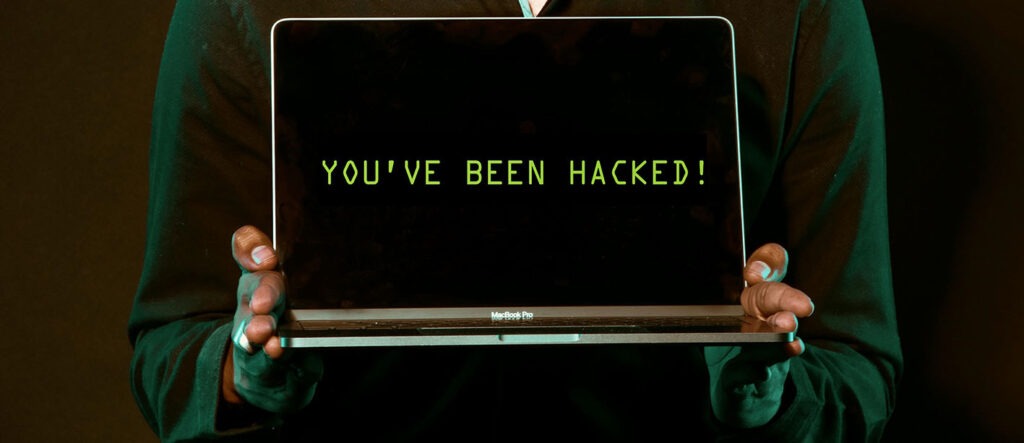
Chinese Products
The prevalence of Chinese technology in global markets has raised concerns about potential cybersecurity vulnerabilities. One particular area of focus is the possibility of backdoors – intentional weaknesses – embedded within devices that could grant unauthorized access to a system.
There have been instances where researchers have identified cybersecurity vulnerabilities in Chinese-made technology. These findings have fueled speculation about deliberate backdoors implemented by manufacturers at the direction of the Chinese government for spying internationally. However, it’s important to distinguish between a vulnerability and a backdoor. Vulnerabilities are software or hardware flaws that can be exploited, often unintentionally, by malicious actors. Backdoors, on the other hand, are specifically designed for unauthorized access. There has been no evidence to disprove this information.
Some reports have suggested rapid exploitation times for specific devices, like the Hikvision for example, it has been stated that these cameras can be hacked within 5 seconds. The ubiquitous presence of Chinese technology in international markets has ignited anxieties regarding potential cybersecurity vulnerabilities.
Additionally, a staggering number of over 150,000 Verkada cameras were compromised by hackers. This breach included cameras in homes, factories, and even businesses. Even major corporations like Tesla weren’t spared.

How to Secure Your Privacy
we understand the importance of cybersecurity in today’s technological landscape. We prioritize incorporating robust security features into our products to mitigate potential risks and ensure user privacy. Here’s how our technology addresses the concerns raised earlier:
- Multi-Layered Security: Our products incorporate firewalls, a foundational security measure that acts as a barrier against unauthorized access attempts. This initial layer of defense helps safeguard your network from malicious intrusions.
- Privacy Protection: We acknowledge the importance of data privacy. We offer solutions that comply with relevant regulations and industry best practices. While specific details cannot be shared without referring to individual product documentation, We prioritize user privacy throughout the product lifecycle. This means clear and concise explanations of how your data is used, along with tools to manage your privacy settings
- Intrusion Detection and Alerting: Our systems are equipped with mechanisms to immediately detect suspicious activity within the network. In the event of a potential intrusion attempt, our products can generate instant alerts, allowing for timely intervention and minimizing potential damage.

Immunity to intrusion
Immunity to intrusion, also known as cybersecurity resilience, refers to a system’s ability to resist, repel, and recover from cyberattacks. It’s about building a layered defense that makes it difficult and costly for attackers to infiltrate a system and steal data, disrupt operations, or cause damage.
Russia has been a major player in cybersecurity attacks in recent years. It has been accused of launching cybersecurity attacks against various targets, including government agencies, critical infrastructure, businesses, and even political campaigns. The motivations behind these attacks can vary. In light of these threats, governments, businesses, and individuals must build strong cybersecurity defenses.
By prioritizing a well-designed system with robust security features, you can ensure effective surveillance while safeguarding your privacy and security. It deters criminal activity, provides valuable evidence in case of an incident, and respects the privacy expectations of those within the monitored area. It achieves peace of mind by offering both security and a commitment to responsible data management. Don’t let your CCTV system become a vulnerability – prioritize robust cybersecurity for a system that protects you, not exposes you.
For intrusion protection services, contact us here.


